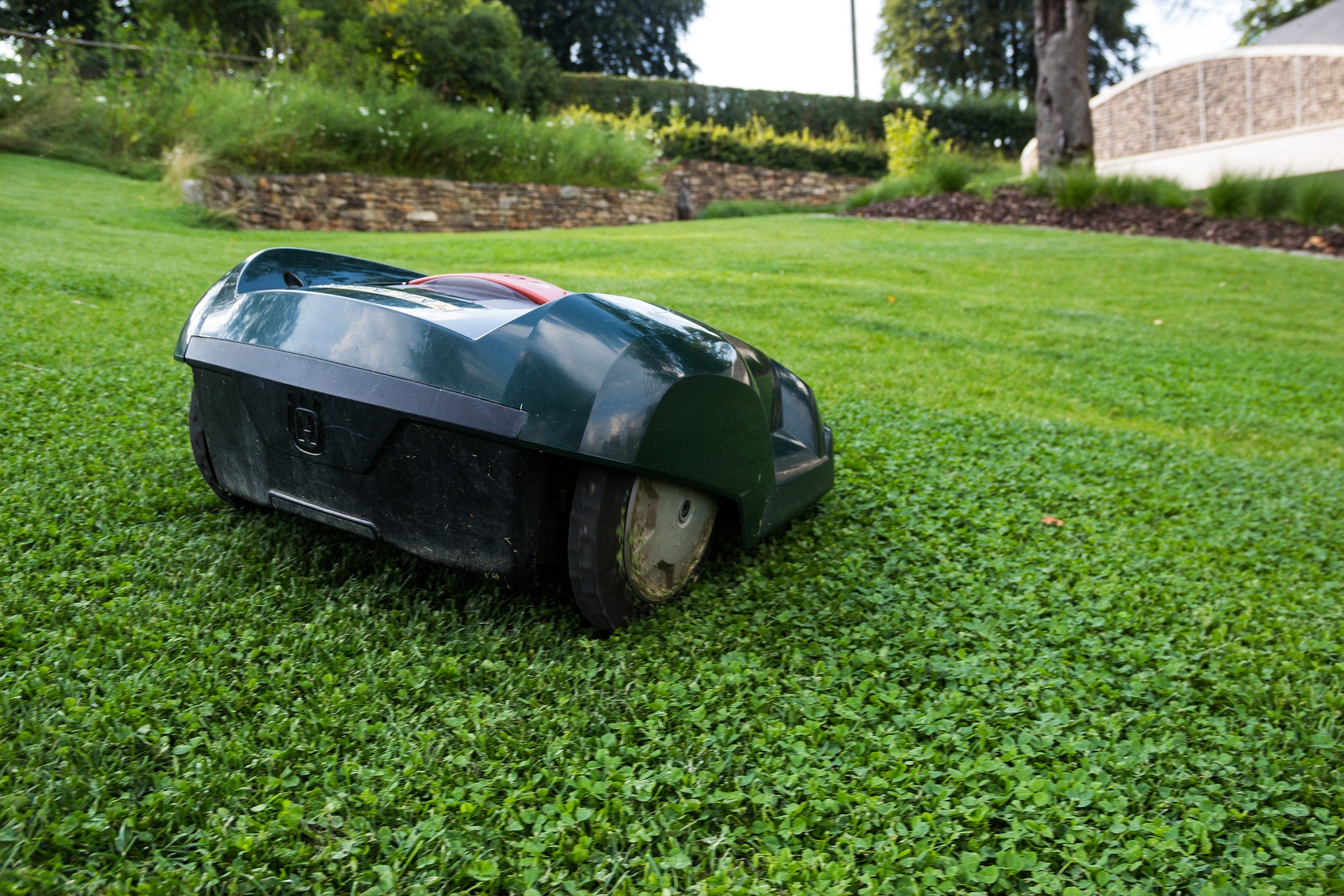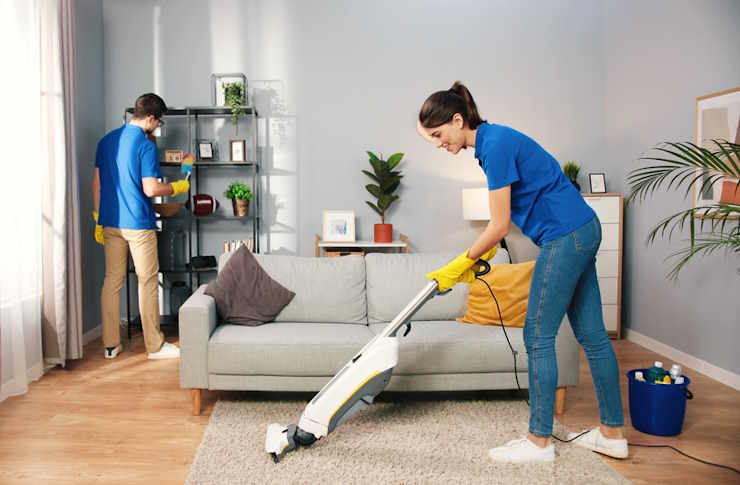Smart Home & Garden Upkeep: Practical Tips for Lasting Value
A well-maintained home and garden improves curb appeal, conserves resources, and reduces long-term repair costs. Whether you’re a new homeowner or refining seasonal routines, practical strategies help you prioritize tasks, choose durable upgrades, and work efficiently. This article breaks down manageable techniques for maintenance, upgrades, pest control, irrigation, and when to bring in local services — with a nod to planning tools like bulk_create_keyword to streamline work.

How can bulk_create_keyword simplify garden planning?
bulk_create_keyword can describe a planning approach or tool that helps you create multiple planting or maintenance entries at once — for example, templates for monthly tasks or batch lists of beds and plant groups. Using this method reduces repetitive scheduling, ensures consistent care across several areas, and helps you visualize workload across seasons. For DIY gardeners, a simple spreadsheet or garden app with bulk-create features functions similarly: you can set recurring reminders, group plants by water needs, and export shopping lists in one pass.
Seasonal maintenance routines
A quarterly or monthly maintenance routine keeps both home and garden resilient. Spring focuses on soil preparation, pruning, and checking irrigation lines; summer emphasizes watering, pest monitoring, and mulching; autumn is for leaf cleanup, tool maintenance, and winterizing irrigation; winter is ideal for planning, indoor projects, and servicing major systems. Create checklists for each season to stay on top of small tasks that prevent bigger repairs. Regular inspections of roofs, gutters, and exterior paint save money and protect landscaping from runoff and damage.
Smart upgrades that add value
Targeted upgrades deliver the most value: upgrade outdoor lighting for safety and ambiance, install durable decking or composite materials for low maintenance, and choose energy-efficient appliances for the home. In landscaping, replace high-maintenance turf with native groundcovers or xeriscapes where appropriate to lower irrigation and mowing needs. When selecting upgrades, prioritize longevity, low upkeep, and materials suited to your climate. Document warranties and maintenance requirements so future upkeep is predictable and transferable to new owners.
Pest and disease basics
Early identification keeps infestations and disease outbreaks manageable. Learn to recognize common signs: yellowing leaves, irregular holes, webbing, or stunted growth. Start with cultural controls — proper spacing, clean tools, and healthy soil — before using chemical treatments. Encourage beneficial insects with diverse plantings and avoid over-fertilizing, which can attract pests. For significant or persistent problems, consult local extension services or qualified landscapers in your area who can diagnose issues and recommend integrated pest management strategies tailored to your setting.
Water-wise irrigation tips
Efficient watering reduces bills and keeps landscapes healthier. Water deeply and infrequently to encourage deeper root growth; morning watering reduces evaporation and disease risk. Consider drip irrigation and soaker hoses for beds, and smart controllers that adjust based on weather. Group plants with similar water needs together to avoid over- or under-watering. Regularly check for leaks, clogged emitters, and broken sprinkler heads. Mulching beds also conserves moisture and cools soil, cutting irrigation needs while suppressing weeds.
Choosing local services for big tasks
For larger jobs — tree removals, major irrigation installs, or structural landscaping — hire licensed local services. Look for verified reviews, licenses, insurance, and written estimates. Ask for references and examples of similar projects in your area to assess experience with local soils and climate. Obtain multiple quotes and compare warranties and project timelines. Clear communication about expectations and milestones helps avoid misunderstandings and ensures the final result aligns with your maintenance goals and budget.
Conclusion
Maintaining a home and garden is a balance of regular care, smart investments, and knowing when to seek professional help. Use straightforward routines, group tasks where possible with tools or methods like bulk_create_keyword, and choose upgrades that reduce future work. With seasonal planning and attention to water, pests, and durable materials, you can protect and enhance your property’s value while enjoying a healthier, more sustainable outdoor space.






